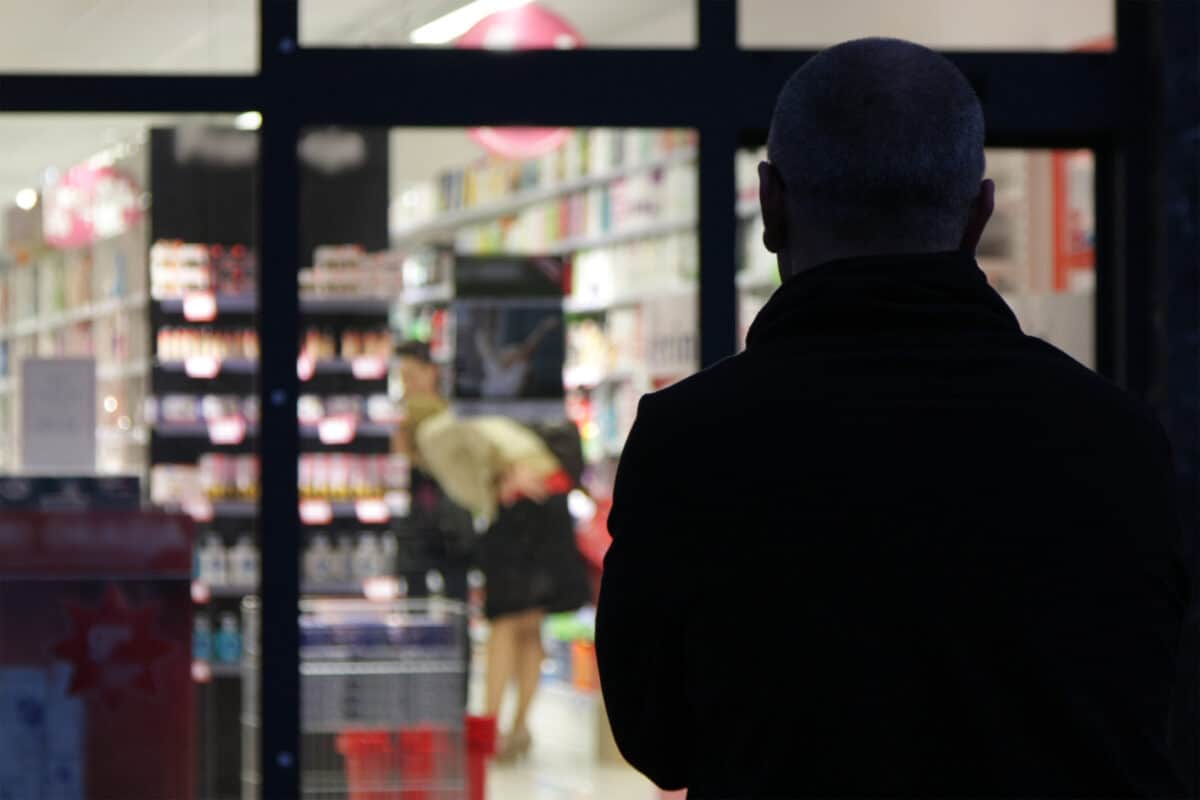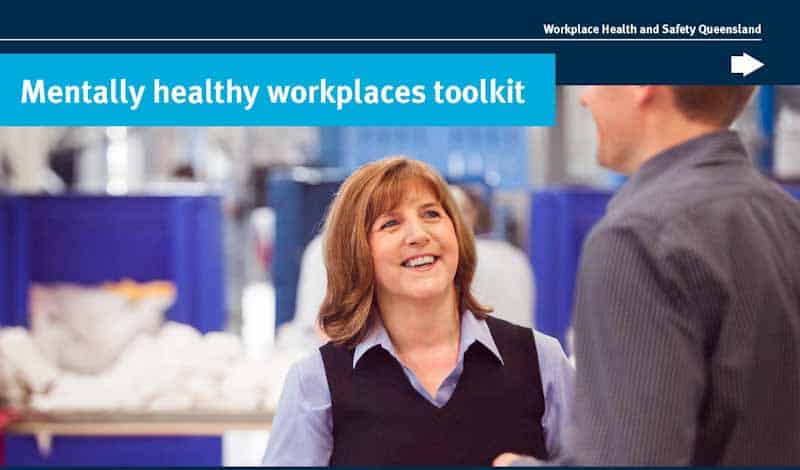The Australian Financial Review published an article on April 14 2023 (paywalled) about workplace health and safety risks faced by retail workers. The entry point was the stabbing death of twenty-year-old bottle shop worker Declan Laverty in Darwin. That a business newspaper includes an extensive article on workplace safety is a positive, but it tries to be too inclusive and overlooks hazard control measures.
Category: harassment
Industrial Manslaughter laws for New South Wales? Join the queue
Speculation is occurring about the introduction of Industrial Manslaughter (IM) amendments by the incoming Labor Government in New South Wales. It is likely, as the Australian Labor Party, when in opposition last year, introduced an IM Bill into Parliament. But Industrial Manslaughter laws promise more than they deliver as the push for these laws is based on politics rather than justice or workplace health and safety.
The well-being and psychosocial “wild west”
With the new Psych Health and Safety regs/codes of practice, it seems many corporate ‘wellness’ providers are now branching out into the now topical, psychosocial risk management domain. As someone who supports several national/multinational organisations, I am seeing a big gap between the academic research, provider capability, corporate understanding, and real-world activity. I am also seeing some very questionable tools/approaches/programs and activities emerging in the race to sate the increasing corporate psych risk appetite.
[Guest post by David Burroughs]
Continue reading “The well-being and psychosocial “wild west””Violence against teachers
Unless you are a teacher, it is difficult to comprehend the extent of stress and pressure teachers can face at school. A recent court case in Queensland involving an appeal against a decision by the Regulator not to accept a workers’ compensation claim provides some insight into the teacher’s lot.
The case, Roberts v Workers’ Compensation Regulator [2023] QIRC 76 (6 March 2023), was won by Ms Karen Roberts as the Commissioner decided that Roberts’ experiences at work, over time, were the major contributor to her post-traumatic stress disorder. There are statements in this decision that the school’s management practices did not worsen her experiences, and there are arguments over the degree of influence of other factors, but there is no occupational health and safety (OHS) perspective here. Even though it is not an OHS prosecution, there is an important OHS context.
Hubris, thy name is HR
The Human Resources (HR) sector often feeds off itself, reinforcing what it has always done, rather than seriously looking at opportunities to improve from outside its own experience and discipline. Workplace mental health is a particular example.
Recently the Human Resources Director (HRD) website promoted a new well-being survey from AON with the headline:
“Want to boost company performance? Invest more in wellbeing – Higher wellbeing scores can enhance performance by up to 55%: Aon report”
My initial response was WTF?! But after giving up some of my identity data to the website and reading the AON Report. My surprise diminished as I realised the report was just another example of comforting a profession on a workplace issue about which it is losing control.
Work hazards generated by the Prime Minister
An employment dispute over working hours has entered the mainstream media as it relates to the office of one of the crossbench independent members of parliament, a favourite target of some of the media. The dispute over the meaning of additional reasonable working hours illustrates several occupational health and safety (OHS) issues.
Excellent (and free) Australian guide on psychosocially healthy workplaces
Readers have shown considerable interest in the EU-OSHA e-guide for psychosocial health at work. A similarly formatted document has been released by Workplace Health and Safety Queensland in support of the new “Managing Psychosocial Hazards at Work Code of Practice 2022“. The Mentally Healthy Workplaces Toolkit is an interactive PDF slightly more sophisticated than the EU document through its extensive use of hyperlinks to external information sources.







